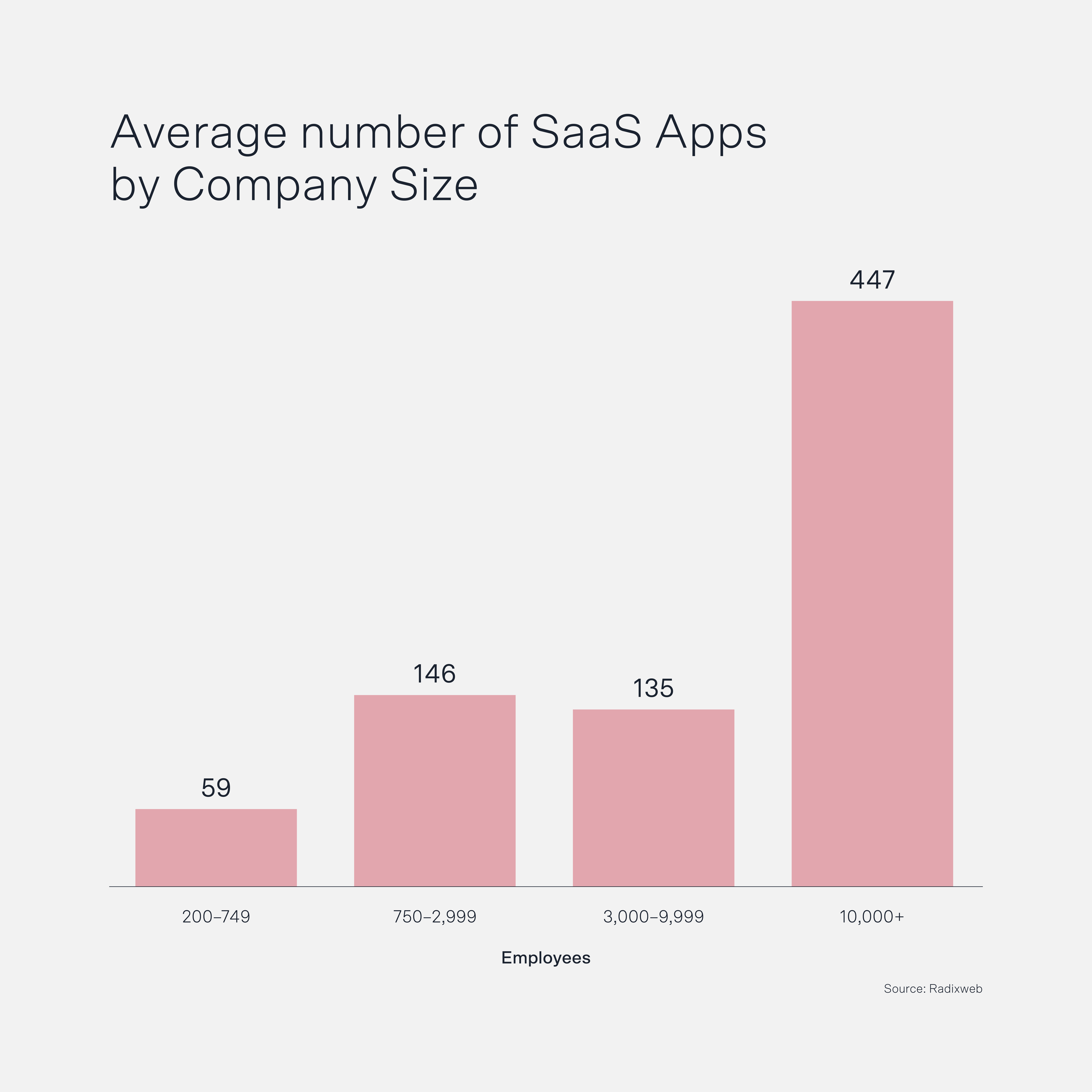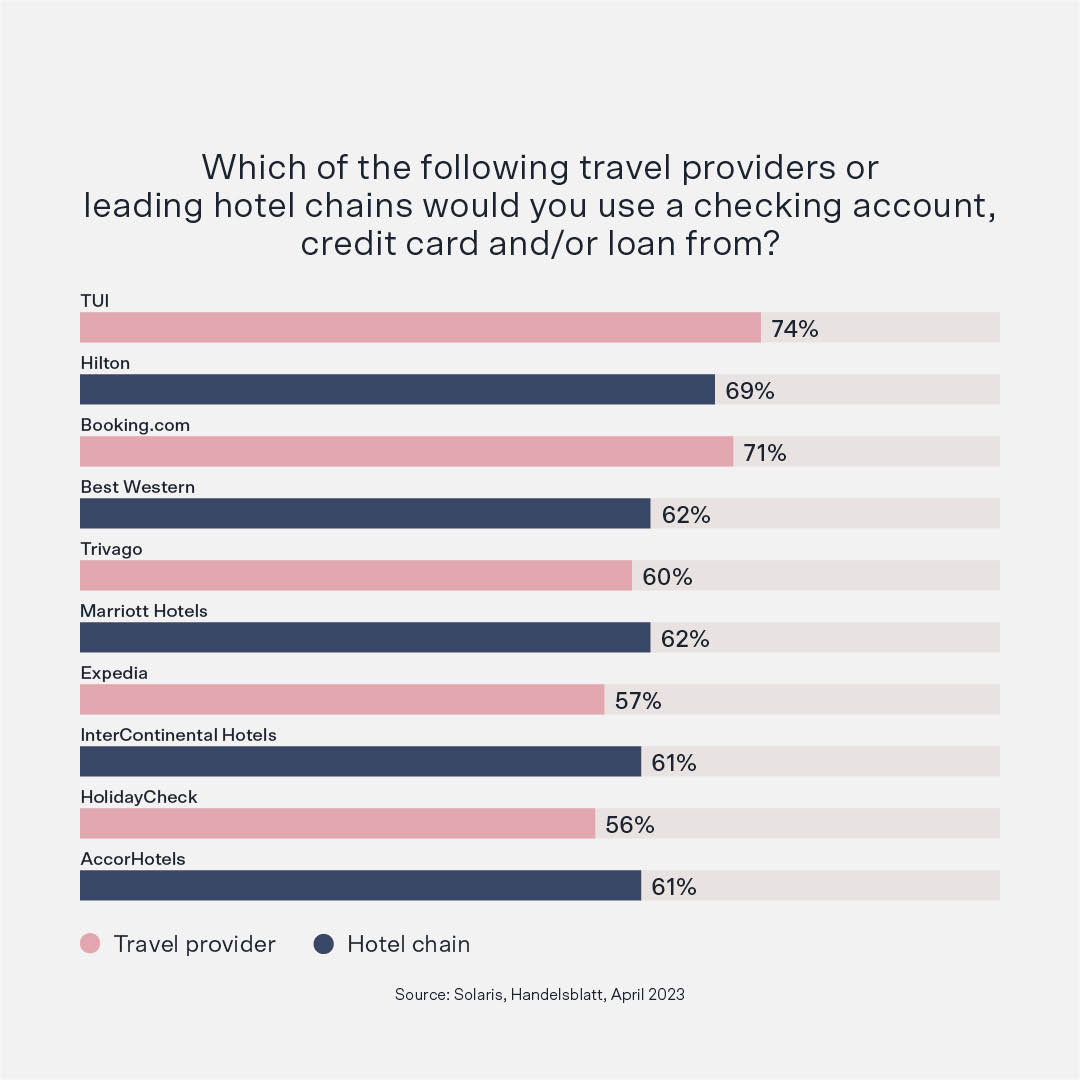Why 2025 is the year of embedded finance (and how it strengthens your core offer)
5 minute read


You heard it here first: 2025 is going to be a watershed year for embedded finance.
Why?
Two reasons.
First, both financial services incumbents and established fintechs are investing heavily — a sure sign that the market for embedded financial products is growing.
European banking giants Deutsche Bank and UniCredit, for instance, both made big moves in 2024, Deutsche Bank through a strategic partnership with a Berlin-based embedded finance fintech, and UniCredit through the acquisition of a BaaS platform.
Similarly, payment processors like Stripe, PayPal, and Square now enable their non-financial services clients to offer cards, digital wallets, and other financial services products.
Second, demand is growing.
More and more, non-financial services firms want to offer complementary financial services. 96% of European businesses that took part in a 2024 IBS Intelligence survey said they planned to roll out embedded payments, with 94% planning to roll out embedded banking.
Bottom line, in 2025 embedded finance will no longer be a case of "Should you?" If you want to ensure your customers stay loyal and future-proof your business, it's a must.
And, not that we're biased, but we'd argue that this is good news all round: for financial services firms, for non-financial services firms, and for customers too.
Sky-high expectations: the top embedded finance trend to watch in 2025
The trends that will shape embedded finance in 2025 can be summarized in one word: digitalization.
Digital transformation has been at the top of businesses' agendas for at least the past ten years. And retail customers' preference for brands that provide them with seamless digital-first banking experiences is similarly well-documented.
What's changing, says Solaris' Chief Growth Officer Riccardo Colnaghi, is the level of digital quality consumers expect.
"It might sound trivial, but more companies are being set up or taken over by younger entrepreneurs. People who live digital-first lives and, so, expect to run their businesses in a digital-first way, too."
"Equally," continues Solaris' Director of Product Management Nicolas Knecht, "retail consumers want to be able to do things easily, with a few taps on their phones. That's how you win a lot of the market today. It's not enough to have a good product. You also need to have a standout user experience."
Put more simply, the minimum standard which brands have to meet in 2025 to ensure customers stick around long-term, both in B2B and B2C, it's the highest it's ever been.
Businesses want to be able to integrate their banking data with their ERP software, CRM software, and other parts of their tech stack, so they can gain more visibility and make better-informed decisions.
They want to simplify expense management and make it more efficient and effective. And they want to simplify corporate travel, by having access to digital payment products that help them keep a close eye over employee spending and are also globally accepted.
And while retail consumers have different needs and priorities, they ultimately want the same thing: more control, through more accessible, tailor-made, mobile-first financial services products and globally accepted digital payments.
How to enhance customer satisfaction and loyalty with embedded finance
While both B2B and B2C customers' continually rising expectations — for digitalization, user experience, and personalization — may seem hugely challenging to satisfy, not all is lost.
Yes. In most industries, loyalty is increasingly at a premium. But that's exactly why embedded finance is such an unmissable opportunity.
"Having the right mix of embedded finance products," explains Riccardo Colnaghi, "gives you a dual advantage. First it allows you to enhance your core value proposition. You can make your products or services more relevant and useful to the consumer, which deepens your relationship with them and makes them less likely to switch. At the same time, embedded finance creates synergies you can transform into new revenue streams."
So what does this look like, in practice?
Boosting renewals: Why offer embedded finance as a SaaS businesses
The SaaS industry may be booming — businesses with fewer than 50 employees have an average of 21 SaaS subscriptions, while large businesses with over 1,000 employees have around 150, almost 7.5 times as much — but churn remains a serious problem.

According to Barometrics, for every 100 signups, around 61 won't renew their subscriptions. That's well above the widely accepted industry benchmark of 5%.
Complementary embedded finance products can increase retention and reduce churn for SaaS companies by boosting efficiency, engagement, and value.
Case in point, an accounting software platform could offer overdrafts or other lending solutions users could make use of should they run into cash flow issues or spot a time-sensitive opportunity.
Similarly, by offering a real-time money-movement product like Solaris' Payment Flows, enterprise resource planning software providers and expense management platforms would enable users to budget and forecast more accurately.
As for HR platforms, combining lending and real-time money movement would enable them to incorporate capabilities such as salary advances. This kind of product wouldn't just create stickier relationships between the HR platform and its customers, but also between its customers and their employees.
Flexibility on the move
Mobility and travel providers have been offering quasi-financial products — rewards schemes being the most commonplace — for decades. But embedded finance is different from these kinds of initiatives in two key ways.
First, the embedded finance model gives the brand complete control of the product: what it looks like, how it works, and how the consumer interacts with it.
Second, and more significant, the brand gains access to a wealth of data that enables it to adjust its individual targeting with pinpoint accuracy, offering rewards that make a real difference to the consumer.
Lufthansa's Miles And More credit card, for instance, includes travel cancellation and interruption insurance, rental car insurance, and other useful perks for travelers, like international health insurance.
And our own research shows that customers like to use credit cards with a rewards program or a loan to finance their trip from hotel chains and booking platforms.
From HolidayCheck (56%) to Best Western (62%) and TUI (74%), the popularity of embedded financial products from the leading players in the travel industry is clear.

But the rewards don't have to be mobility or travel-specific.
One of the biggest benefits of offering, say, an embedded card or account, is that the consumer uses it to make everyday purchases — groceries, their daily coffee, lunch, or snack, a night out with friends, the list goes on.
The rewards program could extend to these purchases. That is, the customer earns points or perks when they make non-mobility or travel-related purchases, too. Plus, there's the added benefit that the consumer is interacting with the brand even in situations outside the core business.
Enhancing financial wellness
Wealth management is arguably one of the industries that has been most disrupted by digitalization…in a good way.
Simpler eligibility requirements, lower initial investment minimums, and intuitive, user-friendly, mobile-first interfaces have made wealth management accessible for millions of people, changing the typical consumer's demographics and even the meaning of wealth management.
The flipside of this more diverse customer base is that personalization — which 64% of wealth management consumers are prepared to pay more for — is next to impossible to pull off without access to data. And that's where products such as embedded cards and accounts come in.
While it might seem counterintuitive for a neobroker or money-management firm to issue cards, our research suggests they incentivise consumers to save and invest.
Better still, consumers often use these cards as their primary payment method, meaning firms can gain a deeper understanding of individual consumers' lifestyles and spending habits, and tailor their services to suit.
You can't afford to ignore embedded finance in 2025
Crypto. ESG. Super-apps. And, of course, the biggest behemoth of them all: AI.
With so many developments being heralded as "the next big thing in finance," it's tempting to dismiss embedded finance as just more noise.
And you do so at your own peril.
That customers increasingly expect highly personalized, digital-first experiences isn't in dispute. It's also a fact that they're more and more comfortable walking into a competitor's arms if they think you can't give them what they seek.
In such a competitive landscape, the only savvy choice is to strive to meet them where they are.
And, with embedded finance, you can do exactly that: give them the financial products they need, tailored to their individual circumstances, at the exact moment when they need them most, without having to take on any of the complexity.

